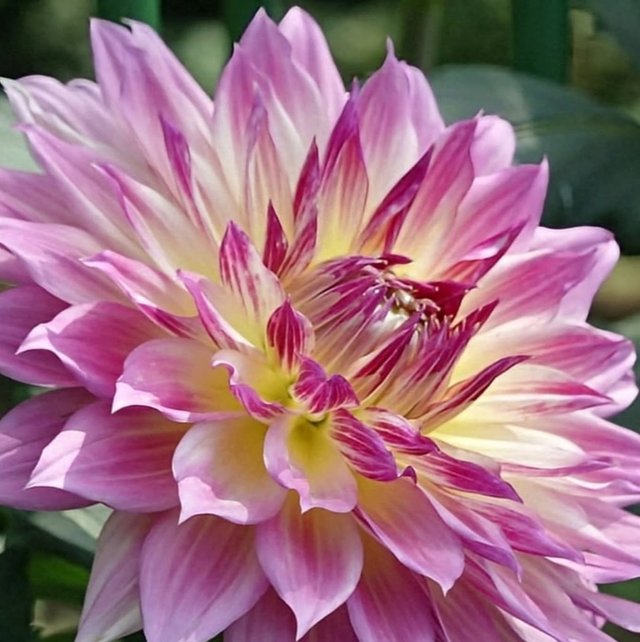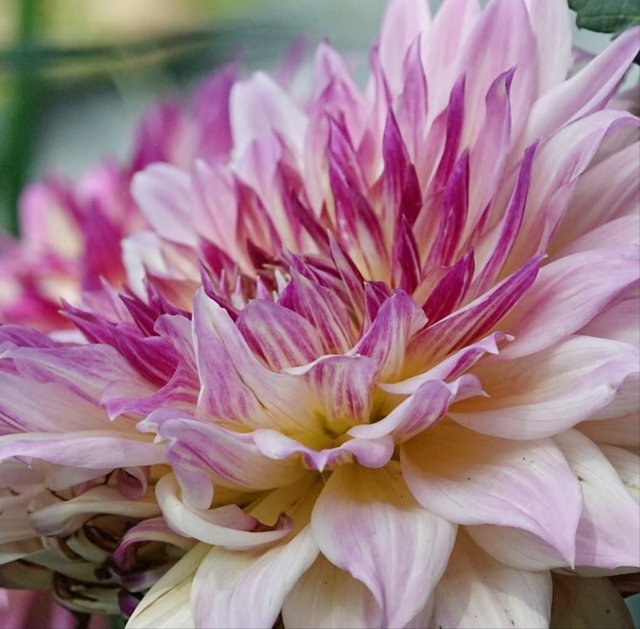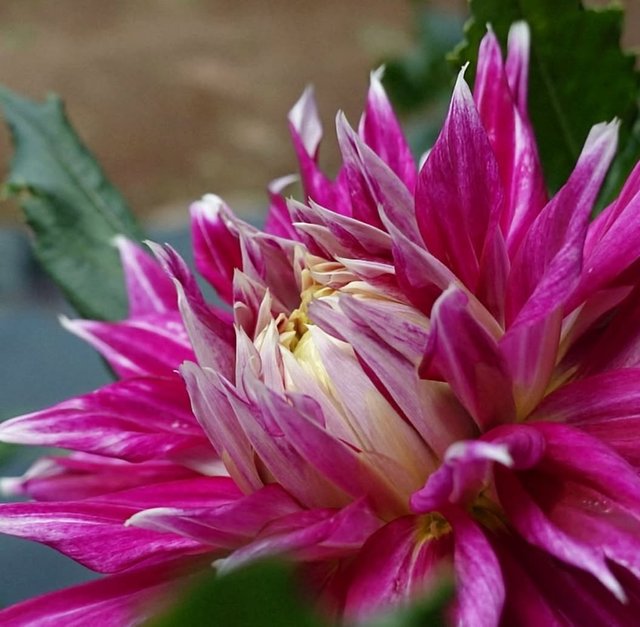Wonderful Colour Dahlia Flower
Dahlia: A Complete Overview of the Garden's Showstopper
Dahlias are among the most dazzling and diverse flowers in the horticultural world. Known for their spectacular range of colors, sizes, and shapes, these tuberous perennials have become a beloved staple in gardens, flower shows, and floral arrangements. Native to the mountainous regions of Mexico and Central America, dahlias belong to the Asteraceae family, which also includes sunflowers, daisies, and zinnias. With over 42 recognized species and thousands of cultivated varieties, dahlias offer an endless spectrum of beauty for gardeners and enthusiasts alike.
Botanical Background
Scientific name: Dahlia spp.
Family: Asteraceae
Origin: Mexico and Central America
Plant type: Tuberous perennial
USDA zones: 8–11
Bloom time: Midsummer through the first frost
Dahlias were first discovered by Spanish botanists in the 16th century during explorations of Mexico. The Aztecs reportedly cultivated them for food, medicine, and ornamental use. The tubers were even consumed as a food source, though this practice is rare today. Named after Swedish botanist Anders Dahl, the flower was later introduced to Europe, where it quickly gained popularity among aristocrats and plant collectors for its showy blooms.
Growth and Cultivation
Growing dahlias is both rewarding and relatively straightforward, provided they receive the right conditions.
Planting Requirements:Sunlight: Full sun
Soil: Well-drained, fertile soil enriched with organic matter
Watering: Regular watering, especially during dry spells; avoid waterlogging
Spacing: 12–36 inches apart, depending on the variety
Support: Taller varieties often require staking or cages to support heavy blooms
Propagation:Dahlias are primarily propagated through:Tuber division: The most common method, done in spring
Cuttings: Taken from new shoots of stored tubers
Seeds: Used for breeding or growing bedding dahlias, but less common for named cultivars.



%20(9).jpeg)